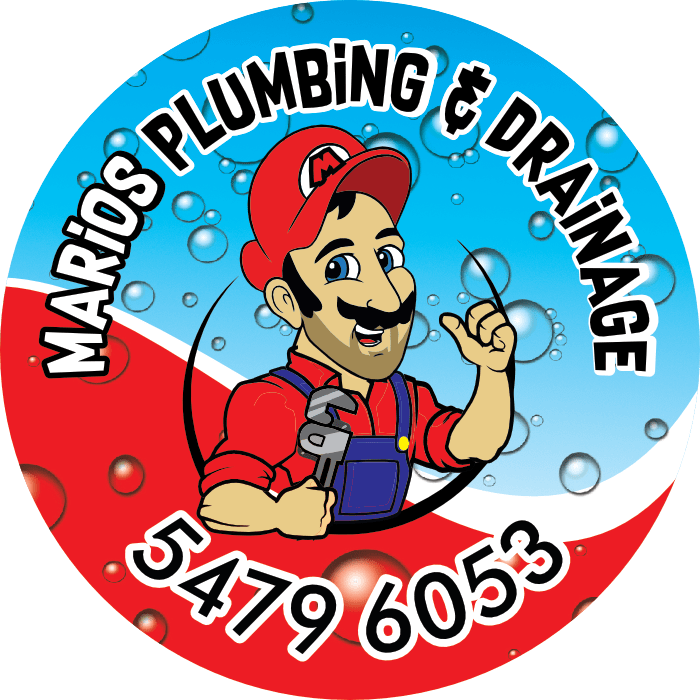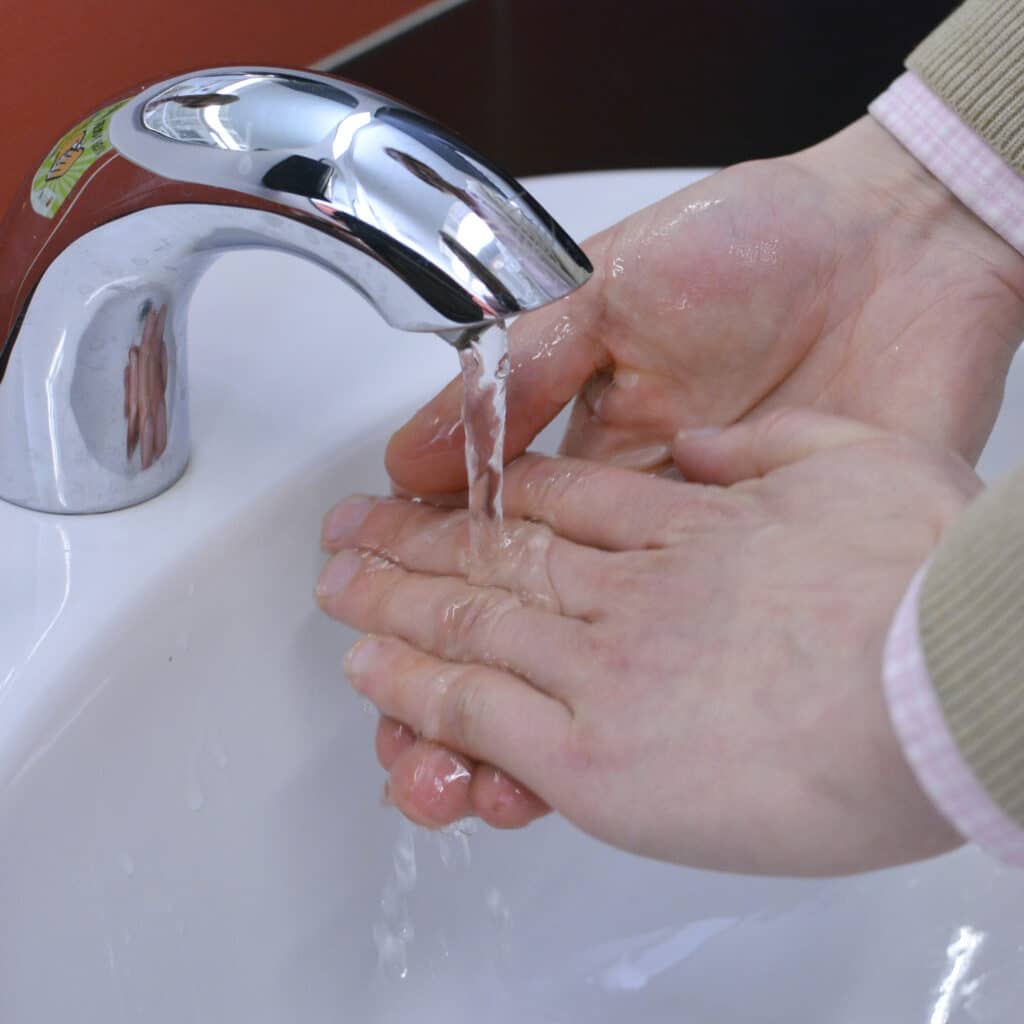G’day, mates! Let’s chat about something that’s becoming a hot topic in Aussie homes – water-efficient plumbing fixtures. You might think it’s just a fancy term for low-flow taps, but trust me, there’s a lot more to it than meets the eye.
Water is precious, especially in our sunburnt country. We’ve all felt the pinch of droughts and water restrictions. That’s why more and more of us are looking for ways to save water without sacrificing our daily comforts. Enter water-efficient plumbing fixtures – the unsung heroes of home water conservation.
What exactly are water-efficient plumbing fixtures?
Simply put, they’re taps, showerheads, toilets, and other plumbing gear designed to use less water while still doing their job properly. They’re not about giving you a wimpy shower or a toilet that needs five flushes to work. Instead, they’re clever bits of kit that make every drop count.
Why should you care about water-efficient fixtures?
Well, for starters, they can save you a pretty penny on your water bill. But it’s not just about the money. These fixtures are good for the environment, can boost your property value, and even improve your home’s air quality. Intrigued? Let’s dive deeper into the benefits.
1. Slash your water bills
Let’s face it – nobody likes getting a hefty water bill. Water-efficient fixtures can help you keep more money in your pocket. For example, a water-efficient showerhead can save a typical Aussie household around 20,000 litres of water a year. That’s a lot of liquid gold!
2. Be a water-saving superhero
We all want to do our bit for the environment. With water-efficient fixtures, you can save thousands of litres of water each year without even trying. It’s like being an eco-warrior in your sleep!
3. Lower your energy bills too
Here’s a bonus – water-efficient fixtures can also cut your energy bills. How? Well, when you use less hot water, your water heater doesn’t have to work as hard. It’s a win-win situation!
4. Boost your home’s value
Thinking of selling your place? Water-efficient fixtures can be a great selling point. More and more buyers are looking for eco-friendly homes, and these fixtures tick that box nicely.
5. Improve your indoor air quality
Believe it or not, water-efficient fixtures can help keep your home’s air fresher. By reducing moisture, they can help prevent mould and mildew growth. Your nose (and your lungs) will thank you!
6. Future-proof your home
Water restrictions are becoming more common in Australia. By installing water-efficient fixtures now, you’re setting yourself up to handle future water challenges with ease.
7. Enjoy better water pressure
Many people worry that low-flow fixtures mean weak water pressure. But modern water-efficient fixtures are designed to maintain good pressure while using less water. You might even find your shower more enjoyable!
8. Easy to install and maintain
Most water-efficient fixtures are easy to install – some you can even do yourself if you’re handy. And they’re usually just as easy to maintain as regular fixtures.
9. Wide range of styles
Gone are the days when water-efficient meant boring. These days, you can find water-efficient fixtures in all sorts of styles to match your decor. From sleek and modern to classic and traditional, there’s something for everyone.
10. Feel good factor
There’s something satisfying about knowing you’re doing your bit for the environment. Every time you use a water-efficient fixture, you can pat yourself on the back for being a responsible global citizen.
Types of water-efficient fixtures
Now that we’ve covered the benefits, let’s look at some of the main types of water-efficient fixtures you might consider for your home:
- Low-flow showerheads: These clever devices can reduce your shower water use by up to 40% without you even noticing.
- Dual-flush toilets: A staple in many Aussie homes, these toilets let you choose between a full or half flush, saving water with every use.
- Water-efficient taps: These taps can reduce water flow by up to 30% compared to standard taps.
- Rainwater tanks: While not strictly a fixture, rainwater tanks are a great way to supplement your water supply and reduce reliance on mains water.
- Grey water systems: These systems recycle water from your laundry or bathroom for use in your garden or toilet.
How to choose the right water-efficient fixtures
Choosing the right water-efficient fixtures for your home doesn’t have to be a headache. Here are some tips to help you make the right choice:
- Look for the WELS label: In Australia, water-efficient products are rated under the Water Efficiency Labelling and Standards (WELS) scheme. The more stars, the more water-efficient the product is.
- Consider your household needs: A large family might need different fixtures compared to a single person or couple.
- Think about your water pressure: If you have low water pressure, look for fixtures designed to work well in these conditions.
- Don’t forget style: Choose fixtures that match your bathroom or kitchen decor.
- Check for rebates: Some local councils offer rebates for installing water-efficient fixtures. It’s worth checking if you’re eligible.
Installation and maintenance
Installing water-efficient fixtures can be a DIY job if you’re handy, but for most of us, it’s best to call in a licensed plumber. They can ensure everything’s installed correctly and up to code.
As for maintenance, most water-efficient fixtures are pretty low-maintenance. Regular cleaning and occasional checks for leaks or blockages should keep them running smoothly for years.
Common mistakes to avoid
When it comes to water-efficient fixtures, there are a few pitfalls to watch out for:
- Choosing based on price alone: The cheapest option isn’t always the best. Look for quality and efficiency ratings.
- Ignoring installation instructions: Improper installation can lead to leaks or poor performance.
- Forgetting to maintain them: Like any plumbing fixture, they need occasional TLC to keep working their best.
- Not considering your household’s needs: A super low-flow showerhead might be too weak for washing long, thick hair, for example.
- Overlooking compatibility: Make sure new fixtures are compatible with your existing plumbing system.
Innovative uses
Water-efficient fixtures aren’t just for saving water. Some clever Aussies are finding innovative ways to use them:
- Collecting shower warm-up water: Use a bucket to collect water while waiting for the shower to warm up. This can be used for watering plants or flushing toilets.
- Linking rainwater tanks to toilets: Some homeowners are connecting their rainwater tanks to their toilets, using rainwater for flushing.
- Smart irrigation systems: Combining water-efficient sprinklers with smart controllers can drastically reduce outdoor water use.
Case study: The Johnsons from Brisbane
The Johnson family from Brisbane decided to upgrade their home with water-efficient fixtures after receiving a shockingly high water bill. They installed low-flow showerheads, dual-flush toilets, and water-efficient taps throughout their home.
“We were amazed at the difference it made,” says Sarah Johnson. “Our water usage dropped by almost 40%, and we barely noticed any change in our day-to-day life. Plus, our kids have become more aware of water conservation. It’s been a win all round!”
Environmental impact and sustainability
Water-efficient fixtures aren’t just good for your wallet – they’re great for the environment too. By reducing water consumption, we’re helping to conserve this precious resource. This is especially important in Australia, where droughts are a regular occurrence.
Moreover, using less water means less energy is needed to treat and transport water to our homes. This leads to reduced greenhouse gas emissions, helping in the fight against climate change.
Future trends
The world of water-efficient fixtures is constantly evolving. Here are some trends to watch out for:
- Smart fixtures: Imagine a shower that learns your preferences and adjusts water flow automatically, or a tap that can be controlled by your voice.
- Grey water recycling: More homes may start incorporating systems to reuse grey water from sinks and showers.
- Waterless fixtures: We’re already seeing waterless urinals in some public places. Who knows what other waterless fixtures might be on the horizon?
- Pressure-assisted technology: This technology uses air pressure to improve flush performance while using less water.
- Aesthetically pleasing designs: As demand grows, we’re likely to see even more stylish water-efficient fixtures hitting the market.
FAQs
- Will water-efficient fixtures really save me money?
Yes, they can lead to significant savings on your water bill. The exact amount will depend on your water usage and local water rates, but many households report savings of 20-30% after installing water-efficient fixtures. - Do water-efficient showerheads provide enough pressure?
Modern water-efficient showerheads are designed to provide a satisfying shower experience while using less water. Many use aeration or pulsing technology to maintain good pressure. - Are water-efficient toilets as effective as regular toilets?
Yes, water-efficient toilets are designed to be just as effective as regular toilets. Dual-flush toilets, in particular, allow you to choose the right amount of water for each flush. - How often do I need to replace water-efficient fixtures?
With proper maintenance, water-efficient fixtures can last as long as regular fixtures – typically 15-20 years for taps and toilets, and 10-15 years for showerheads. - Can I install water-efficient fixtures myself? While some fixtures like showerheads can be easy DIY jobs, it’s generally best to have a licensed plumber install taps and toilets to ensure they’re properly fitted and compliant with local regulations.
- Are there any government incentives for installing water-efficient fixtures? Some local councils and water authorities offer rebates or incentives for installing water-efficient fixtures. Check with your local council or water provider for any available programs.
Water-efficient plumbing fixtures are more than just a trend – they’re a smart investment in your home and the environment. From saving money on bills to reducing your environmental footprint, the benefits are clear.
Remember, every drop counts. By making small changes like installing water-efficient fixtures, we can all contribute to a more sustainable future. So why not start today? Your wallet, your home, and the planet will thank you!


